As the Food and Drug Administration (FDA) works toward a December 16 decision on chemical abortion safeguards, a groundbreaking new study from Charlotte Lozier Institute (CLI) shows that increased access to abortion pills creates a significant public health risk.
The rate of abortion-related emergency room visits following a chemical abortion increased over 500% from 2002 through 2015, according to an analysis of Medicaid claims data. Over the same period, chemical abortions within the study population increased from 4.4% to 34.1% of total abortions.
The scholars also discovered that, by 2015, a majority of these emergency room visits were miscoded as spontaneous miscarriages, potentially putting patients at risk and masking the true dangers of chemical abortion.
“While no abortion is safe for an unborn child, chemical abortions have been promoted as a safer option for women,” says Lois Anderson, ORTL executive director. “This claim has been greatly exaggerated. In fact, the increasingly widespread use of mifepristone to terminate the lives of innocent human beings is a serious threat to public health. A threat that is growing according to all the available data.”
Key findings include:
- Chemical abortion significantly increased the risk of an emergency room visit. Within 30 days of a chemical abortion, when compared to rates following a surgical abortion:
- 22% greater risk of ER visit for any reason.
- 53% greater risk of ER visit for an abortion-related reason.
- The rate of abortion-related ER visits is growing faster for chemical abortions than surgical abortions. By 2015 (the most recent comprehensive data available):
- 35 ER visits for every 100 abortions.
- The rate of ER visits following a surgical abortion increased 315% from 2002-2015.
- The rate of ER visits following a chemical abortion increased 507% from 2002-2015.
- Chemical abortion makes subsequent abortions more dangerous:
- Women who had a chemical abortion followed by a second abortion of any type within the next 12 months were more than twice as likely to wind up in the emergency room.
- Over 60% of abortion-related ER visits following a chemical abortion in 2015 were miscoded as treatment for a miscarriage:
- The sequence of confirmed chemical abortion, subsequent pregnancy, and subsequent miscarriage within 30 days is physically impossible. Yet Medicaid data from 2015 showed ER staff were mistakenly or purposefully miscoding these events a majority of the time.
Additional Resources:
This latest study expands on an ongoing series of CLI research led by Dr. Studnicki analyzing Medicaid claims data to shed light on pregnancy and abortion outcome patterns.
The first study, “Pregnancy Outcome Patterns of Medicaid-Eligible Women, 1999-2014: A National Prospective Longitudinal Study,” was published online in the journal Health Services Research and Managerial Epidemiology in July 2020.
The second study, “Estimating the Period Prevalence of Publicly Funded Abortion to Space Live Births, 1999 to 2014,” was published online in the Journal of Primary Care and Community Health in May 2021.
The third study, “Estimating the Period Prevalence of Mothers Who Have Abortions: A Population-Based Study of Inclusive Pregnancy Outcomes,” was published in Health Services Research and Managerial Epidemiology in July 2021.






Do you have a catalog of for sale items? The items I now have were purchased almost 20 yrs when we lived in California. If you can send it to me or add it to my email I would surely appreciate it.
Jacque Vanderbloom. 17007 Camp Day Lane. Klamath Falls, Oregon 97601.
Please call our office at (503) 463-8563 or email desk [at] ortl.org and include more information so we can better answer your question. Thank you!
So over one third of all women choosing chemical abortions have ended up in emergency rooms? (“35 ER visits for every 100 abortions”)
That’s correct.
Comments are closed.